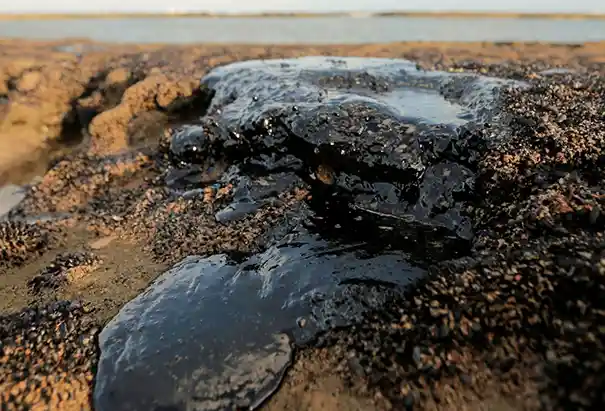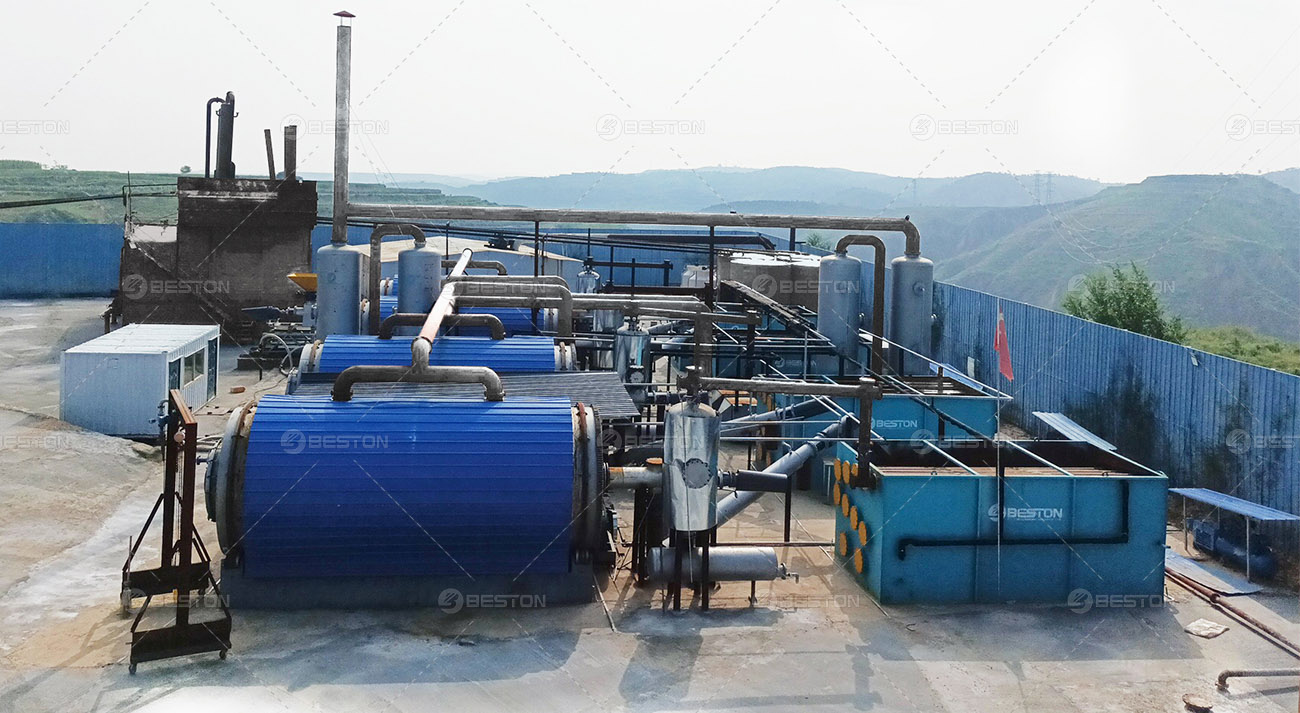In the realm of environmental remediation, addressing oil-contaminated soil poses significant challenges due to its adverse ecological impact. Traditional methods often fall short in achieving complete restoration of soil quality, necessitating innovative approaches such as oil sludge pyrolysis plant technology. This advanced technique offers a promising avenue for the effective and environmentally sound remediation of contaminated soil.

Understanding Oil Contamination
Oil contamination in soil occurs through various anthropogenic activities such as accidental spills, leaks from storage tanks, and improper disposal practices. This contamination leads to a range of environmental issues, including soil infertility, groundwater pollution, and adverse effects on biodiversity.
The Role of Pyrolysis in Remediation
Pyrolysis stands out as a highly efficient method for treating oil-contaminated soil. It involves the thermal decomposition of organic materials in the absence of oxygen, typically at temperatures above 350°C. This process breaks down complex hydrocarbons found in oils into simpler, more stable compounds without producing harmful by-products.
Mechanism of Pyrolysis
During pyrolysis, contaminated soil is subjected to high temperatures in a controlled environment within the oil sludge pyrolysis plant for sale. The absence of oxygen prevents combustion and ensures that organic contaminants decompose into gases, liquids (bio-oil), and solid residues (char). This separation allows for the recovery of valuable resources and the remediation of soil simultaneously.
Key Advantages of Pyrolysis
- Environmental Compatibility: Pyrolysis minimizes secondary pollution risks by containing and treating contaminants on-site, reducing the need for extensive excavation and transport.
- Resource Recovery: The process yields bio-oil and char, which can be further processed or reused in various industrial applications, thereby promoting a circular economy approach.
- Versatility: Oil sludge pyrolysis plant technology is adaptable to different types and levels of contamination, offering scalable solutions for diverse soil conditions.
Application in Practice
In practical application, the oil sludge pyrolysis plant operates through several stages:
- Preparation: Contaminated soil is prepared by removing large debris and separating it into manageable portions for treatment.
- Treatment: The soil is fed into the pyrolysis reactor where it undergoes thermal decomposition under controlled conditions.
- Product Recovery: Gaseous and liquid products are captured and processed to recover valuable substances, while the solid residue (char) is examined for further utilization or safe disposal.
Environmental Benefits
Beston Group Ltd. is committed to the eco-friendly recycling of hazardous industrial waste. The adoption of pyrolysis for soil remediation offers several environmental benefits:
- Reduced Ecological Footprint: By avoiding the use of harsh chemicals and minimizing soil disturbance, pyrolysis preserves soil structure and fertility.
- Mitigation of Contamination: The thorough breakdown of contaminants reduces their environmental persistence and potential for leaching into groundwater.
Challenges and Considerations
While pyrolysis presents a promising solution, its implementation is not without challenges:
- Energy Intensity: High operating temperatures require significant energy inputs, which may influence the overall sustainability of the process.
- Economic Viability: Initial setup costs for oil sludge pyrolysis plant technology can be substantial, requiring careful economic assessment for feasibility.

Future Directions and Innovations
Continuous research and development in pyrolysis reactor design aim to enhance efficiency and reduce operational costs. Innovations such as integrated energy recovery systems and process optimizations contribute to making pyrolysis a more competitive option for large-scale soil remediation projects globally.
Conclusion
In conclusion, pyrolysis emerges as a formidable contender in the quest for sustainable solutions to oil-contaminated soil. Its ability to effectively treat contamination while recovering valuable resources underscores its importance in modern environmental stewardship. As technology advances and practices evolve, oil sludge pyrolysis plant technology promises to play a pivotal role in achieving cleaner and healthier environments for future generations.